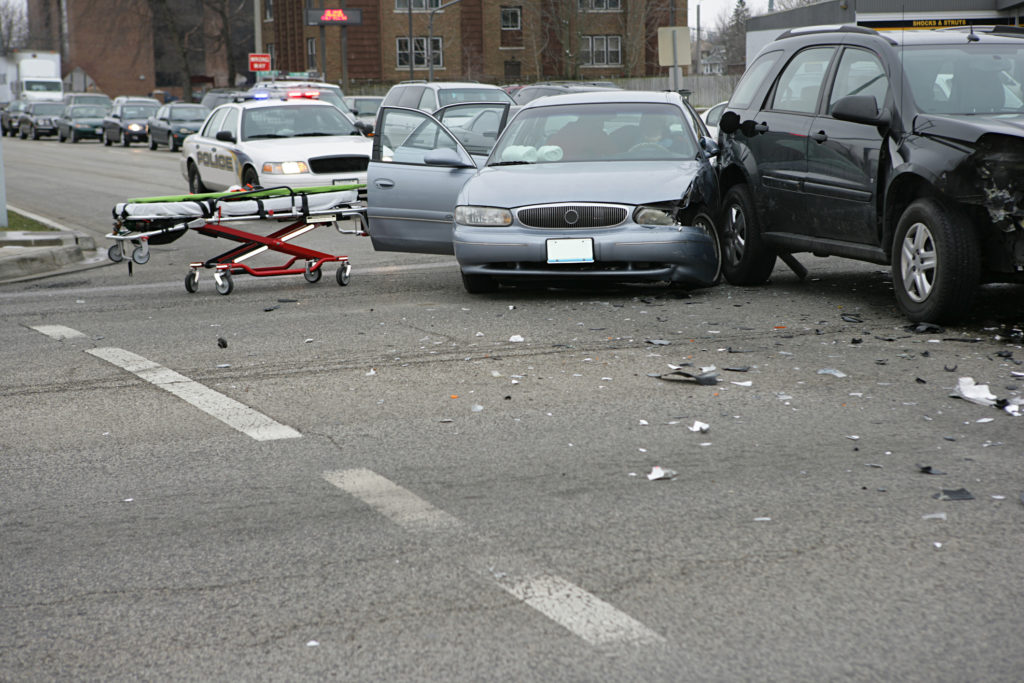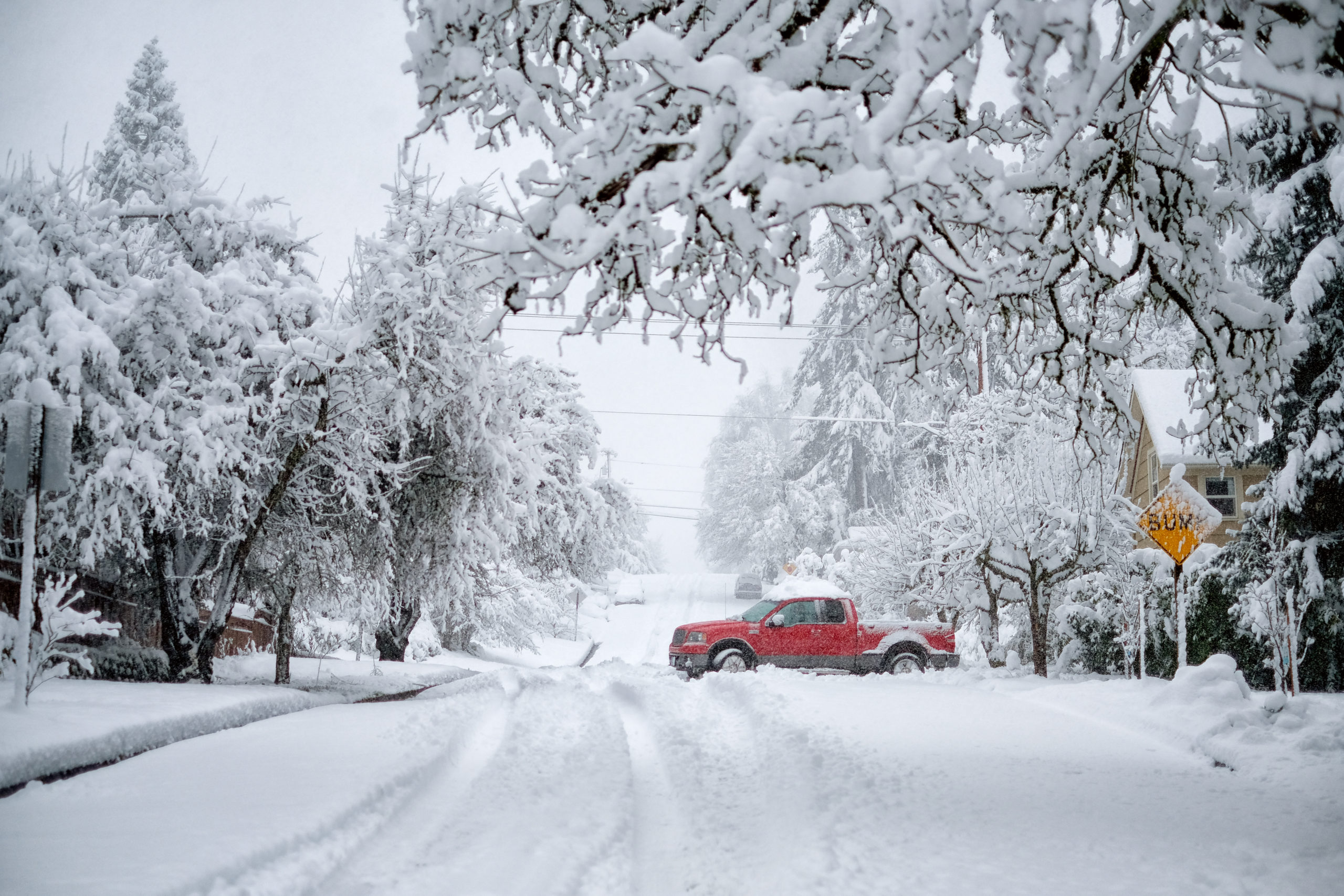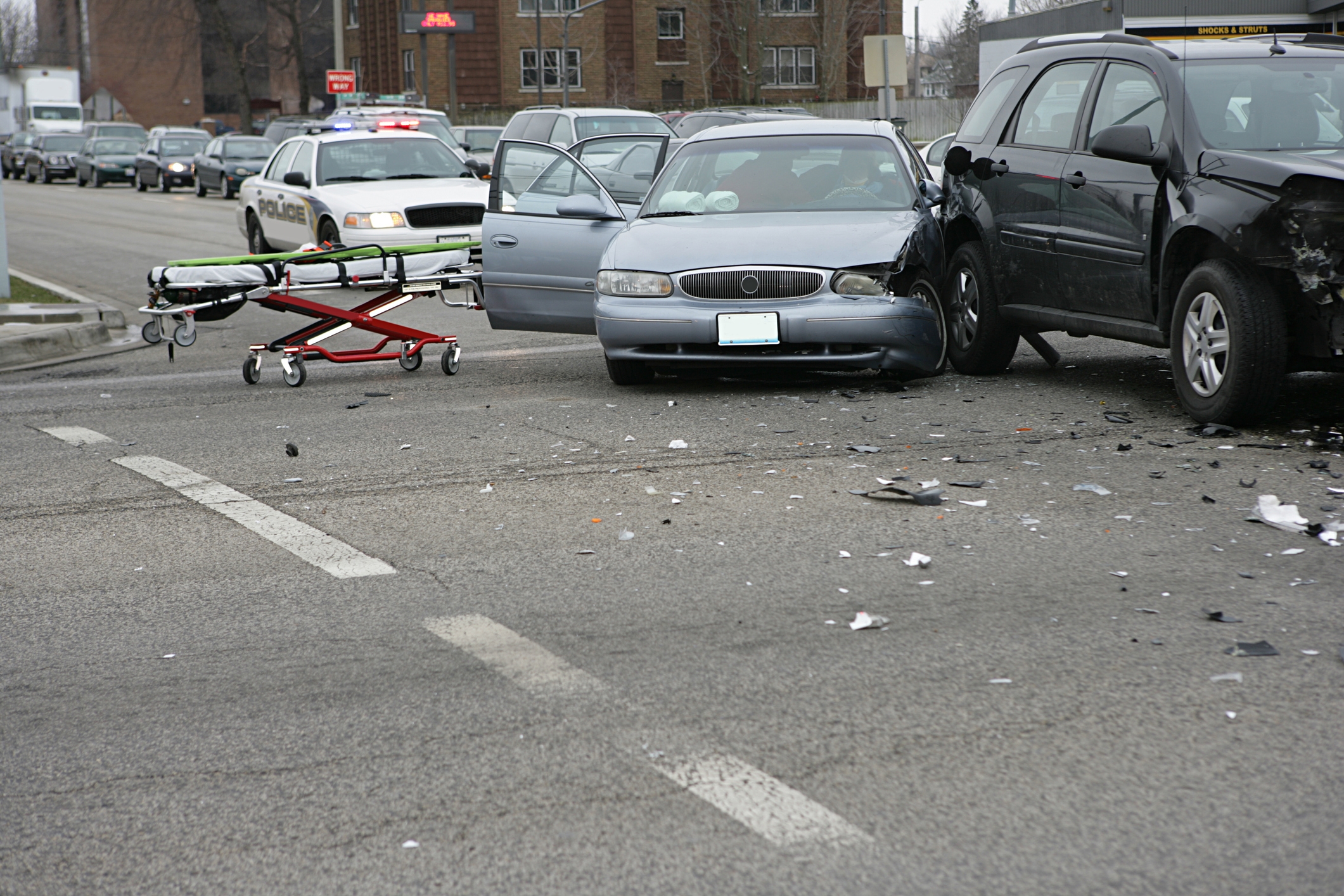
In the blink of an eye, everything can change. Car accidents involving three or more vehicles are referred to as multi-vehicle accidents or chain-reaction accidents. Such accidents can cause significant trauma and distress for everyone involved.
Normally, a multi-vehicle accident begins with an initial two-vehicle collision. The first collision may then spur secondary collisions, creating a chain reaction that culminates in a multi-vehicle accident. When this happens, it can be difficult to record the details of such a pile up accurately and, therefore, determine fault.
Multi-vehicle accidents often leave the victims with the question: “Who is at fault and will I have the compensation I need to recover?”
Causes of Multi-vehicle Accidents
In New York City alone, there are more than 8,000 car accidents per month on average according to the NYPD. This is in large part because of the crowded highways and intersections that are a natural result of densely populated areas. Car accidents in New York result in more than 1,000 deaths per year. Sometimes multi-vehicle accidents occur due to a driver’s recklessness, like a speeding car weaving in and out of lanes. Other times, an innocent, one-time mistake could lead to a chain of events resulting in a multi-vehicle crash.
Some of the most common types of accidents include: rear-end collisions, intersection collisions, highway pile-ups, and lane-departure collisions. Although a chain-reaction collision can occur under many circumstances, there tends to be consistent factors present, including:
- Impaired driving
- Distracted driving
- Speeding
- Fatigued driving
- Tailgating
- Reckless driving
- Poor weather conditions
Potential Injuries for Multi-vehicle Accidents
Although single-car accidents are more common than multi-vehicle accidents, 39% of car occupant deaths in 2018 occurred in single-vehicle crashes compared to 61% in multiple-vehicle crashes, according to 2018 data from the Insurance Institute for Highway Safety (IIHS).
Multiple-vehicle crashes represent a unique threat because, oftentimes, a driver or passenger may be struck more than once. For example, a driver who is rear-ended at a high rate of speed may hit the vehicle in front of them, thereby suffering impact from both the front and rear. Additionally, multi-vehicle accidents can be a catalyst for fire, causing greater potential threats to all passengers and drivers involved. Drivers also are exposed to a risk of being trapped within a vehicle if the doors are unable to open or injuries are too severe to exit by oneself.
Even in cases where the injuries are not fatal or severe, a driver or passenger may suffer other more mild injuries with the potential to cause great physical, mental, and financial anguish.
These injuries include:
- Broken bones
- Burns
- Concussions and other brain injuries
- Damage to internal organs
- Lacerations from broken glass
- Loss of limb
- Scarring and disfigurement
- Soft tissue damage
- Whiplash and other neck injuries
- Spinal injuries
Furthermore, a person can also suffer emotional trauma, which can lead to nightmares of the accident, claustrophobia (if the victim was trapped in the car for an extended period of time), and more. These can impact one’s life just as much as any physical injury.

Case Study: $50,000 (equivalent to $500,000 in today’s money)
What makes this case unique: Only 2 days to prepare and 1 day to find a key witness.
Determining Fault in a Multi-vehicle Accident
New York uses a pure comparative negligence fault model. This means each driver is responsible only for his or her percentage of fault. For example, a driver who was rear-ended and subsequently made a spur of the moment over-corrective error, causing damage to a third vehicle, could still recover money even if he or she was partially at fault for contributing to the accident. If, however, the other party can prove he or she was completely faultless in the accident, he or she will likely have a greater chance for a larger amount of compensation.
Some general guidelines for how courts determine fault (though there are always exceptions to this) include:
- In multi-vehicle accident cases, it’s common for all parties to bear some level of liability.
- In multi-vehicle accidents, often the majority of the responsibility presumably rests with the rearmost driver.
- Poor weather conditions can exonerate any driver.
These cases provide examples of New York how courts determined fault in multi-vehicle accidents:
Oftentimes, in multi-vehicle accident cases, it’s common for all parties to bear some level of liability. Although shared liability can appear straightforward enough, ensuring each party receives a fair recovery takes a great deal of investigation and strategy. In the complexity of fault allocation, it’s important to have an experienced attorney advocating on one’s behalf right from the start.
Factors to Consider
There are additional factors at play, such as poor weather conditions, warning sounds, and speed, that impact a driver’s decisions seconds before an accident occurs. In Vargas v. Akbar, Ms. Shah struck the rear of another vehicle. Within fifteen seconds of the initial crash, yet another driver hit the rear of Ms. Shah’s stopped vehicle. The rear-most driver, Mr. Vargas, stated he was driving his vehicle at 15 miles per hour when he first saw Ms. Shah’s vehicle stopped approximately four car lengths in front of him. He also stated it was raining, the road was wet, and his vehicle skidded when he attempted to stop his vehicle.
Ms. Shah successfully proved she was not at fault in causing Mr. Vargas’ vehicle to strike hers. The collision between her vehicle and the one ahead of hers merely created the opportunity for the occurrence to take place.
Additional Parties
In the case of multi-vehicle accidents, people may try to sue more than one person. They may, for example, file a lawsuit against an insurance company or a car manufacturer. That is not to say that such cases are always successful.
In Skura v. Wojtlowski, the passenger in the middle vehicle of a three-car crash not only brought suit against the rear-most driver, but also against the manufacturer of the vehicle in which she was a passenger. She questioned whether the safety devices in the vehicle were defective, stating that the shoulder harness was loose at the time she first entered the vehicle and that the airbag was defective. Although she had a valid claim, the passenger did not show she had the required expertise to give an opinion as to whether the safety devices were defective. The court viewed her statements as conclusions rather than hard evidence and denied her claim against the vehicle’s manufacturer.
In the end, it’s important to remember that New York is a “no-fault” insurance state, which means that accident victims are normally reimbursed for damages by their own insurance company, regardless of who was at fault. Despite this rule, the issue of negligence is often still relevant, especially in multi-vehicle accidents.
Recognizing the Repercussions of New York’s “Joint and Several Liability” Law
Under New York’s “Joint and Several Liability” Law, an injured driver or passenger may seek to recover 100% of his or her losses from just a single at-fault party. This is possible even if multiple parties were at fault in the accident. In some cases, a single at-fault party may be only 1% responsible for a victim’s injuries, but can be forced to pay the injured driver or passenger 100% of the recovery if the other at-fault parties do not have funds.
Consequently, it may not be necessary to indicate all at-fault parties in order to be compensated for injuries resulting from a multi-vehicle accident, but even proving a single party’s fault can be challenging and complicated. That’s why victims of multi-vehicle accidents should reach out and discuss the case with an attorney sooner rather than later.
Filing a Claim
Anyone involved in an auto accident in which a person is injured must call the police and file a report. If possible, that person should document the accident by taking photos of the vehicles and exchanging contact information with other parties. A driver or passenger should also gather contact information from any witnesses, as well as make note of the time, weather, and road conditions. All of this and more will be critical for anyone who needs to file a personal injury lawsuit related to a multi-vehicle crash. For a comprehensive review of what one should do after any type of auto accident, refer to Rosenblum Law’s article, “What to Do After an Accident.”
Claims involving more than two vehicles often take longer to pursue due to both the complexity of the facts and the sheer number of parties involved. Based on our experience, a person who has filed a lawsuit against one or more drivers related to a multi-vehicle accident should be patient and follow the advice of an attorney.
Frequently Asked Questions
The potential damages for a car accident lawsuit depend on the magnitude of the injuries, the financial burden imposed as a result, and the amount of suffering (both physical and emotional). An attorney can give an estimate during the initial consultation based on one’s specific situation.
New York is a “no-fault” insurance state, which means that people are normally reimbursed for damages by their own insurance company, regardless of who was at fault for causing the accident. Despite this rule, the issue of negligence is often still relevant, especially in multi-vehicle accidents.
A chain rear-end accident, also referred to as a chain reaction accident, occurs when three or more cars rear-end each other. In such cases, the car in front may be just as much at fault as any car in the chain. A variety of factors will need to be examined in order to assign fault. Factors to consider might include weather conditions, speed of the drivers, distance between cars, and road impediments. For example, even if the last driver was a safe distance behind but was going too fast for the road conditions (e.g., snow), he/she may still have some liability.
This depends on a variety of factors, including whether or not the driver was tailgating the car in front and/or if the car behind was tailgating; driver speed and potential distractions; weather conditions (skidding on black ice); and sudden movements such as stopping short. For example, if the front two cars were stopped at a red light, that puts more liability on the car in the rear, but does not ensure that he/she will be deemed wholly at fault.
Who Should I Contact if I’ve Been in a Multi-vehicle Accident?
Multi-vehicle accidents are serious matters that can result in injuries and suffering that can affect the rest of one’s life. If you or someone you love has been injured in a multi-vehicle accident, contact Rosenblum Law today. Our experienced team of aggressive New York personal injury lawyers has a record of recoveries in all types of New York personal injury cases. E-mail or call 888-815-3649 for a free consultation.


